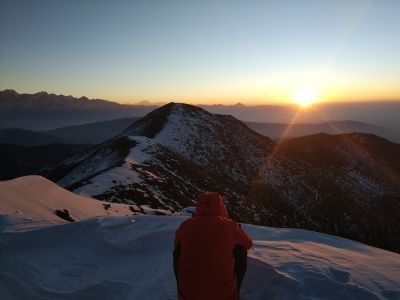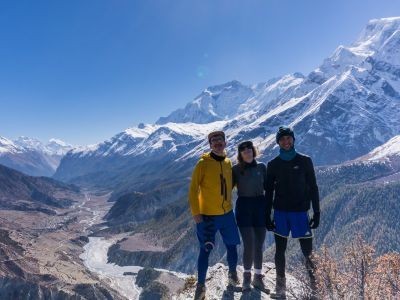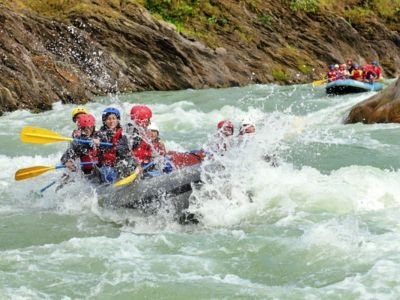Tsum Valley, a secluded treasure in Nepal's Manaslu region, enchants trekkers with its breathtaking landscapes, ancient monasteries, and deep-rooted Tibetan Buddhist culture. Choosing the best time to visit Tsum Valley is essential for a rewarding and comfortable trekking experience.
The ideal season largely depends on what kind of journey you seek. Spring and autumn are considered the best times, offering favourable weather, clear skies, and vibrant cultural festivities.
Summer brings lush greenery and unique festivals, though the monsoon rains make trekking challenging. Meanwhile, winter offers solitude and stunning snow-covered landscapes, rewarding those prepared for the cold.
Each season in Tsum Valley Trek provides a unique blend of natural beauty, cultural encounters, and varying trekking conditions. Whether you're looking to witness the valley’s lively festivals, enjoy serene trails, or experience the region in its most pristine form, understanding the seasonal differences will help you plan the perfect adventure.
Nestled in the Gorkha district near the Tibetan border, this remote valley offers a peaceful trekking experience and is one of the best crowd escape treks in Nepal, far from the crowded trails of more popular routes. More than just a trekking destination, Tsum Valley is also a significant pilgrimage site, closely linked to the Tibetan yogi Milarepa, who meditated in its caves and monasteries.
This blog explores the best time to visit Tsum Valley by season—let’s dive in.
Spring (March to May) – The Most Vibrant Season
Spring is widely regarded as one of the best times to trek in Tsum Valley. As winter recedes, the valley awakens with blooming rhododendrons, lush green landscapes, and moderate temperatures. The clear skies offer excellent views of snow-capped peaks, including Mt. Manaslu (8,163m), Ganesh Himal, and Sringi Himal.
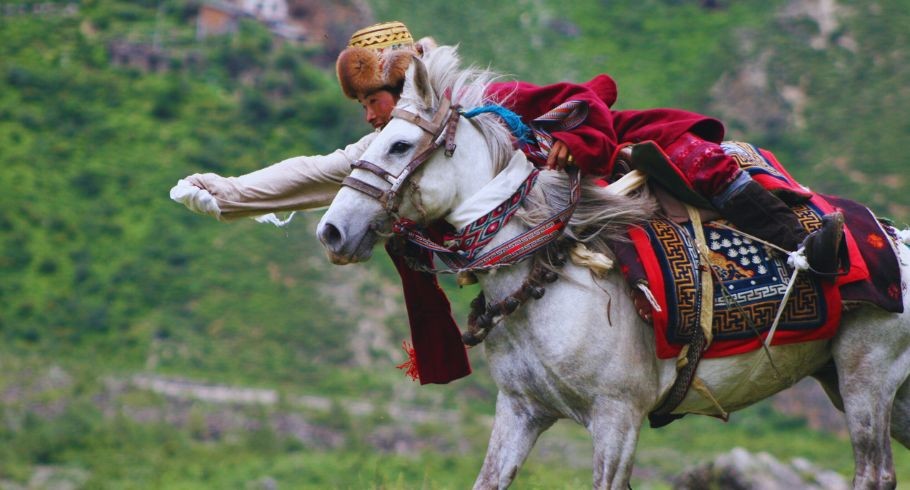
Temperature: During the daytime, temperatures range from 10°C to 20°C (50°F to 68°F), while at night, they drop to -5°C to 5°C (23°F to 41°F).
Flora and Fauna: The valley is adorned with vibrant wildflowers, and trekkers may spot Himalayan blue sheep, langurs, and various species of Himalayan birds.
Festivals: One of the highlights of trekking in spring is experiencing Saka Dawa, a sacred Tibetan Buddhist festival commemorating the birth, enlightenment, and death of Buddha. Monasteries host special rituals, prayers, and celebrations, adding a spiritual dimension to the trek.
The Dajong Festival in Tsum Valley is celebrated during the Tibetan New Year, which typically falls between February and March, depending on the lunar calendar. The festival is marked by traditional dances, rituals, and celebrations to honour the local gods and protect the community from evil spirits. It's a vibrant occasion for the Tsum people, with colorful costumes and festive performances.
Trekking Conditions: The trails are in excellent condition, and the weather is stable, making spring an ideal season for trekking.
Summer (June to August) – The Monsoon Challenge
While summer brings lush greenery and dramatic waterfalls to the region, it is generally not recommended for trekking due to heavy monsoon rains. The high humidity and persistent rainfall can make trails slippery and increase the risk of landslides.
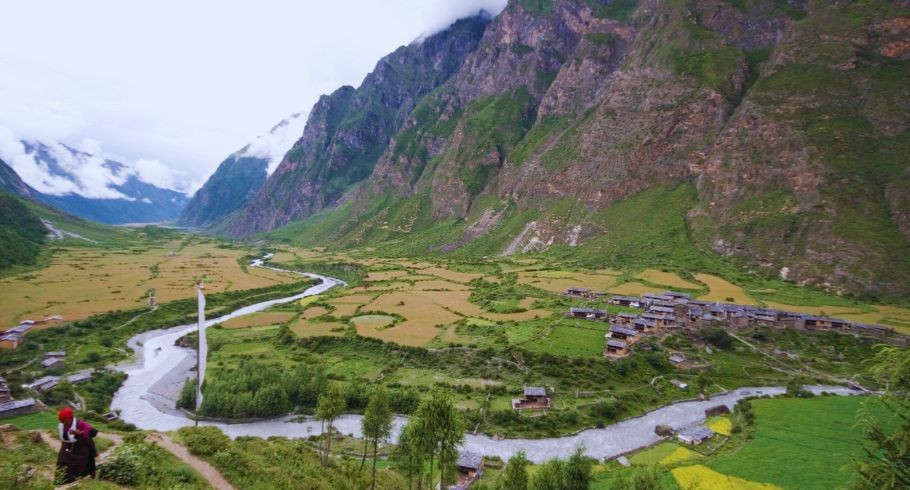
Temperature: Daytime temperatures range from 20°C to 25°C (68°F to 77°F), while nighttime temperatures drop to 5°C to 10°C (41°F to 50°F).
Weather Conditions: Frequent rain showers, cloudy skies, and misty landscapes can obstruct mountain views.
Festivals: Despite the challenging weather, summer is marked by Buddha Jayanti, celebrating the birth of Buddha, and Faning, a festival dedicated to internal energy purification through food and water.
Advantages: Fewer trekkers visit during this season, providing solitude for those seeking a quiet and immersive experience in nature.
Autumn (September to November) – The Peak Trekking Season
Autumn is considered the best time to visit Tsum Valley due to its crystal-clear skies, stable weather, and mild temperatures. The post-monsoon period provides spectacular views of the Himalayas, making it the most popular season for trekking.
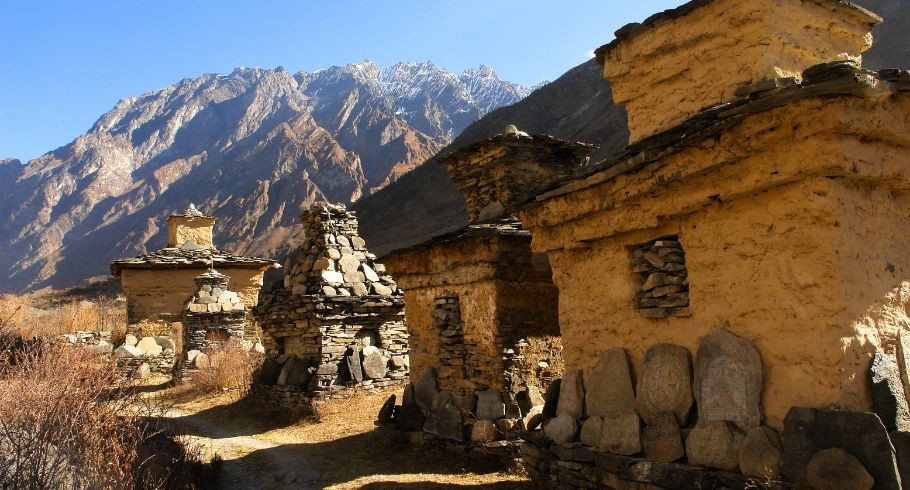
Temperature: Daytime temperatures range from 15°C to 20°C (59°F to 68°F), while nighttime temperatures can drop to -5°C to 5°C (23°F to 41°F).
Trekking Conditions: Dry and stable weather ensures excellent trekking conditions, with well-defined trails and fewer obstacles.
Festivals:Dashain and Tihar, Nepal’s biggest Hindu festivals, take place during autumn, offering trekkers an opportunity to experience local traditions and celebrations. Villages are adorned with oil lamps, and cultural performances create a festive atmosphere.
Scenic Beauty: Autumn provides breathtaking panoramic views of the Manaslu mountain range, making it the most photogenic season for trekking. Many trekkers also combine the Tsum Valley Trek with the Manaslu Circuit Trek, as the routes complement each other, offering an extended adventure through diverse landscapes and rich cultural experiences.
Winter (December to February) – A Serene but Harsh Experience
Winter transforms Tsum Valley into a snow-covered wonderland, offering a peaceful and isolated trekking experience. However, the extreme cold and snowfall make it challenging for most trekkers.
Temperature: Daytime temperatures range from 5°C to 10°C (41°F to 50°F), while nighttime temperatures can plummet below -10°C (14°F).
Weather Conditions: The skies are often clear, providing crisp mountain views, but the freezing temperatures and snow-covered trails can be difficult to navigate.
Festivals: Maghe Sankranti, a Hindu festival marking the end of winter, is celebrated with traditional feasts and religious rituals.
Advantages: Winter trekking offers solitude, as fewer people attempt the trek, allowing for a deeply immersive and meditative experience.
Alternative Trekking Periods
For those seeking off-season experiences, the transitional periods between seasons offer unique opportunities:
Pre-Spring (February to Early March): A quieter time with remnants of winter snow and early signs of rhododendron blooms.
Late Autumn (Late November to December): Offers crisp weather with fewer trekkers, though temperatures begin to drop significantly.
Early Winter (December to Early January): A time of solitude, with frozen landscapes and clear skies, ideal for those who enjoy cold-weather trekking.
Frequently Asked Questions
Which time is best for the Tsum Valley Trek?
Spring (March to May) and autumn (September to November) are the best seasons for trekking due to stable weather and clear mountain views.
How difficult is the Tsum Valley Trek?
The trek is considered moderately challenging, requiring good physical fitness and acclimatization due to high-altitude hiking.
Is the Tsum Valley Trek safe?
Yes, the trek is safe with proper preparation. It is recommended to trek with a guide due to the remote nature of the region.
Do I need a permit to trek in Tsum Valley?
Yes, trekkers need both the Manaslu Conservation Area Permit (MCAP) and the Tsum Valley Restricted Area Permit to enter the region.
Ready to Explore Tsum Valley?
If you're inspired by the beauty and cultural richness of Tsum Valley and ready to embark on this unforgettable journey, let us help you plan your trek. With over 3 decades of experience in guiding trekkers through Nepal’s most remote regions, we offer expert guidance, customized itineraries, and unparalleled support for a safe and memorable adventure. Whether you're trekking in spring, autumn, or winter, we’ll ensure you get the most out of your Tsum Valley experience.
We also offer online briefings to help you plan and prepare, clearing up any confusion you may have regarding the Tsum Valley trek. Contact us today to start planning your trek!
Email: [email protected], [email protected]
WhatsApp: +977 9851006023 (Bikesh)



